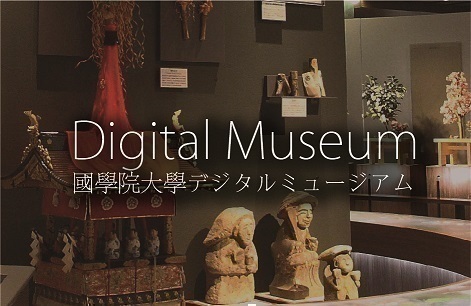- トップ
- Encyclopedia of Shinto
- Jichinsai
Encyclopedia of Shinto
| Main Menu: | |
| Links: |
詳細表示 (Complete Article)
| カテゴリー1: | 5. Rites and Festivals |
|---|---|
| カテゴリー2: | Rituals in Daily Life |
| Title | Jichinsai |
| Text | "Ground-purification rites." Also read tokoshizume no matsuri. This ritual is performed at the commencement of civil engineering or architectural projects to pray that work proceeds safely and smoothly, and that no structural problems will arise after its completion. Other names for this ritual include jikanjō, shizume, jibiki, jimatsuri, chinsai, and chinsha. These rituals are performed before the foundation work is begun on a given project. At the Grand Shrines of Ise, the rite is called chinchisai and is also repeated after a project is finished in a rite referred to as kō-chinchisai ("post-completion chinchisai"). Formerly, the saijin (the kami being petitioned in the rite) at the Imperial Court were the five ikasuri-no-kami (protectors of court lands)—Ikui no kami, Sakui no kami, Tsunagai no kami, Hahiki no kami, and Asuwa no kami. In most cases today, however, the rite refers obliquely to "the kami who controls this land," thereby directing the prayer to the specific kami of a given locale without specifying the kami's name. Not infrequently, the saijin may be Ubusunakami ("Protector kami of the life-giving land") or Ōjinushigami ("Great protector kami of the land"). Generally, a hand washing ritual precedes the ceremony. The ceremony itself begins with a purification rite and a rite beseeching the kami to descend. After that, the shinsen, or offering of food and drink, is made to the kami and the ritualist(s) recites a norito liturgy. The site is purified and more offerings are scattered. The three rituals that follow are what give the jichinsai rite its special character. First, a young girl performs the kusakarihajime (first ground-clearing) using a ritually pure sickle to start cutting the grass. Next, the girl performs the rite of ugachizome (first ground-breaking) using a ritually pure hoe to dig a hole. Third, the assistant ritualist performs the ritual burial of the izumemono (article of enshrinement) in the hole, though the actual burial in fact comes after the ritual is over. The article buried at this time is usually an iron human figurine, an iron mirror, or a small iron dagger, and on occasion an iron spear, iron shield, or jewel may also be included. The ceremony concludes with a bow of thanksgiving, the scattering of more sacred food and drink offerings, and the performance of the rite for the kami's ascent. — Endō Jun |




